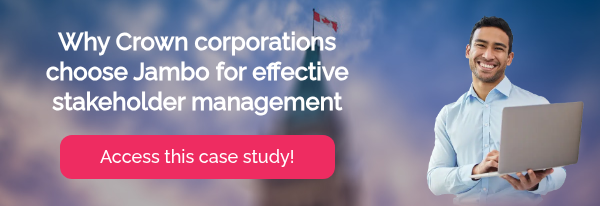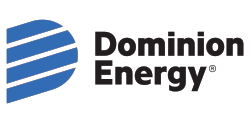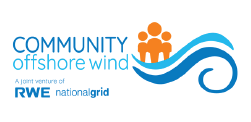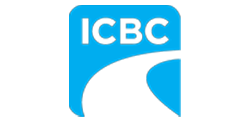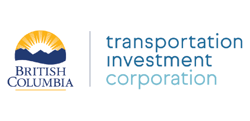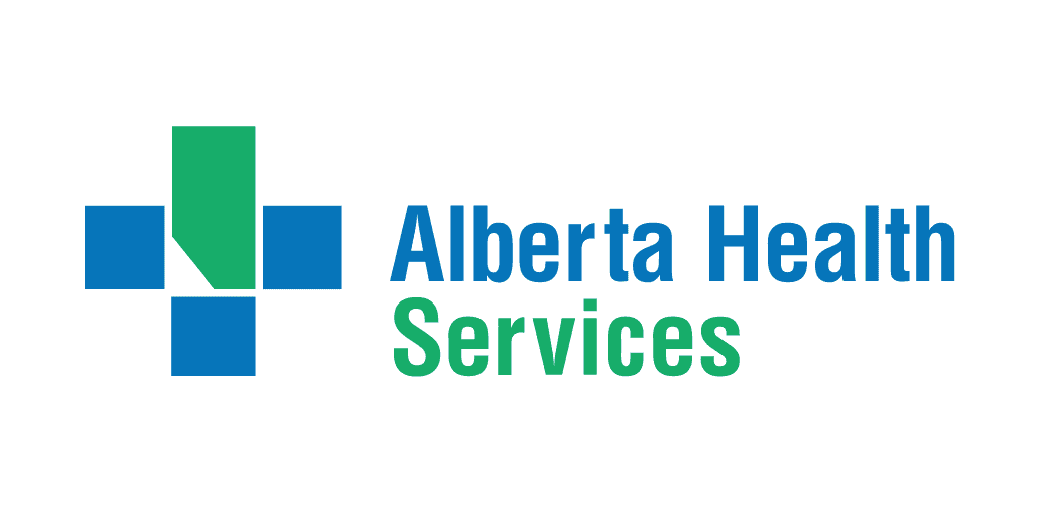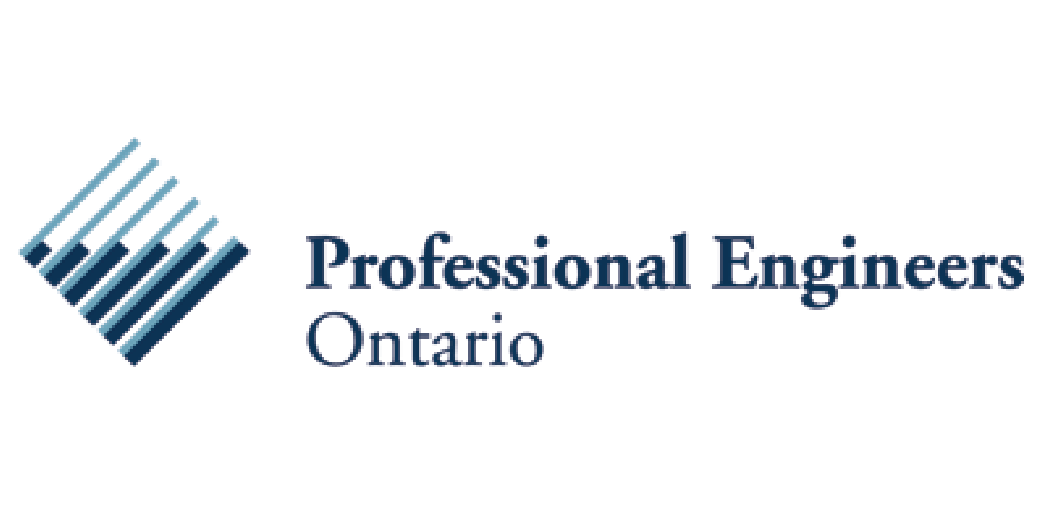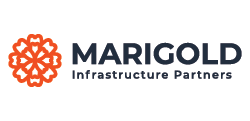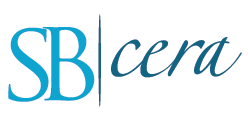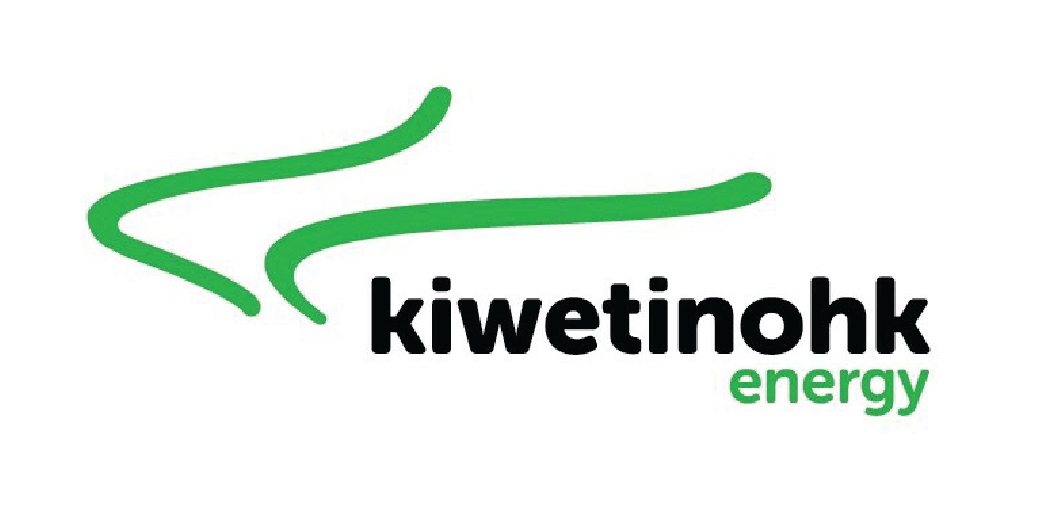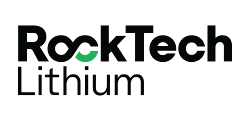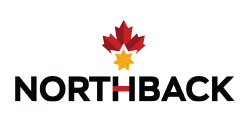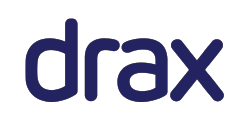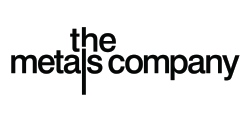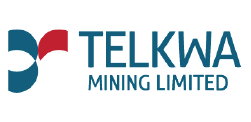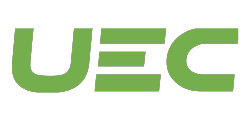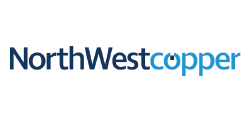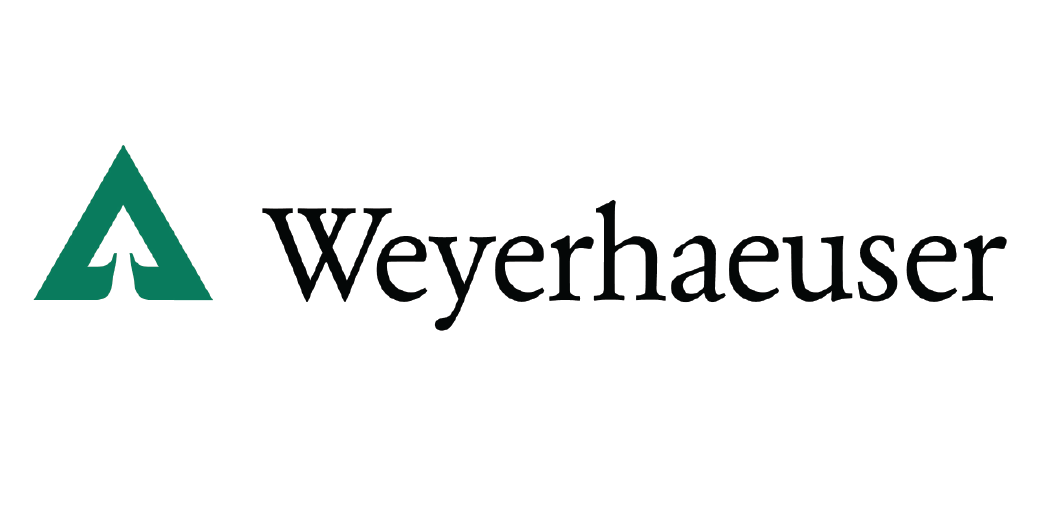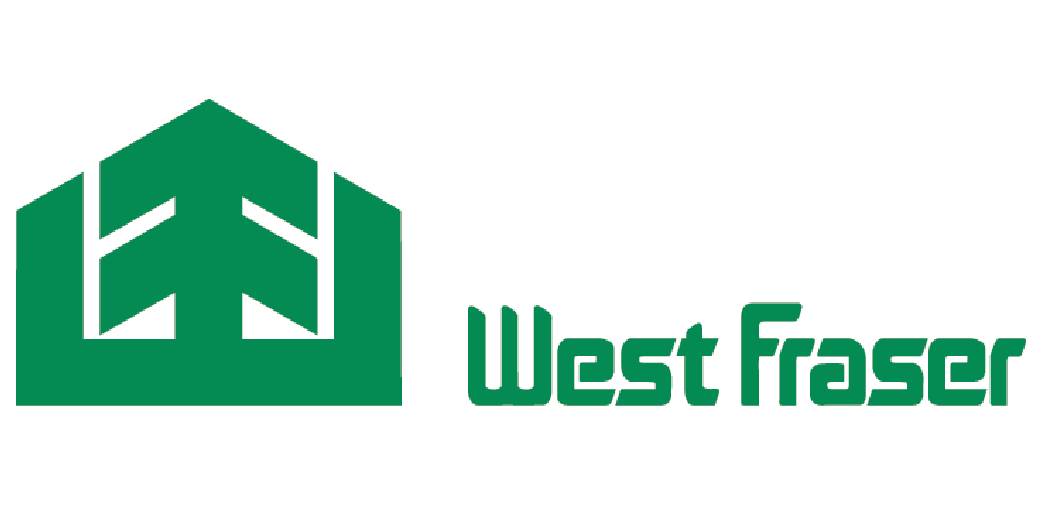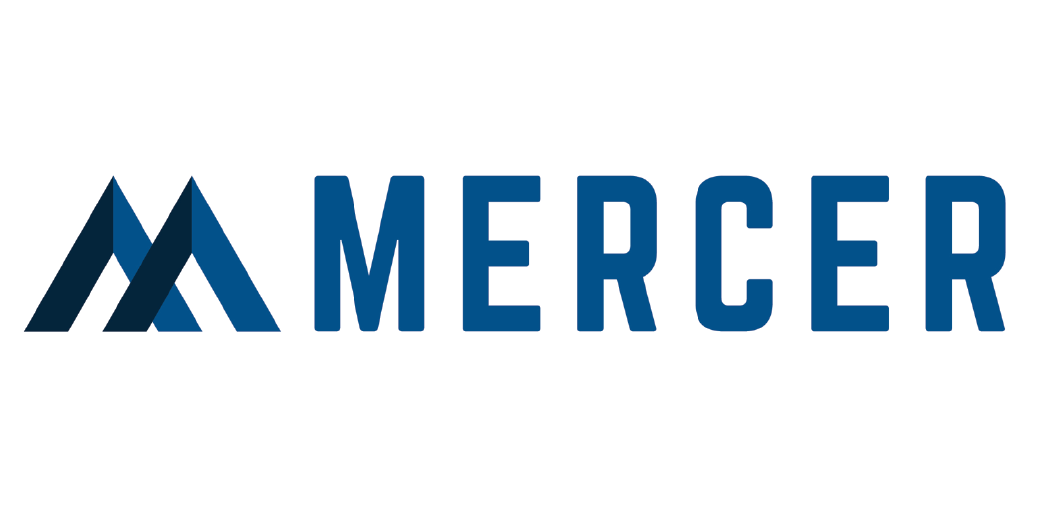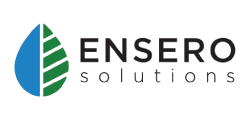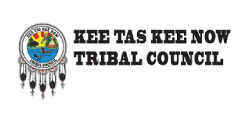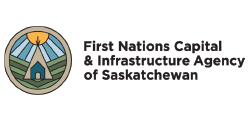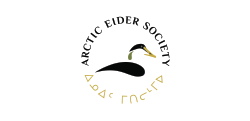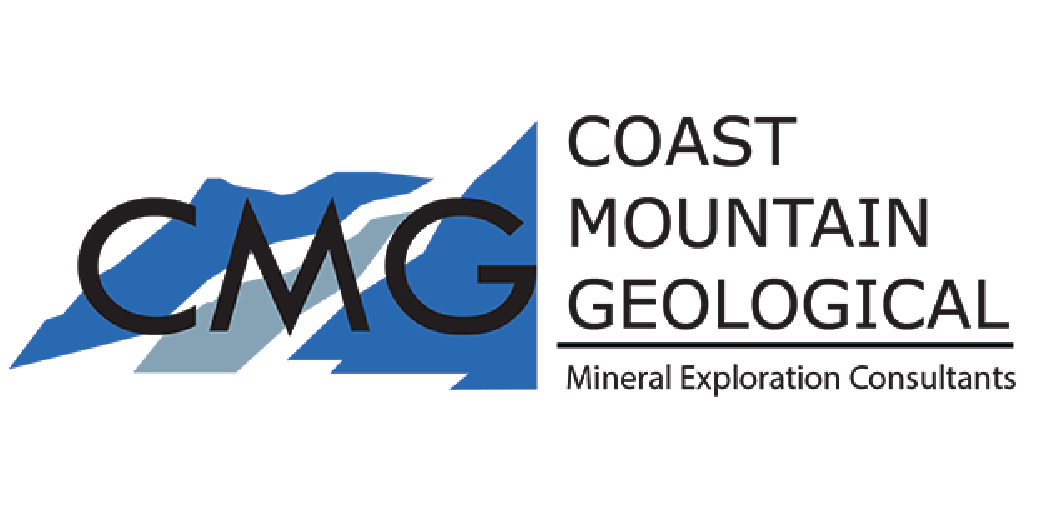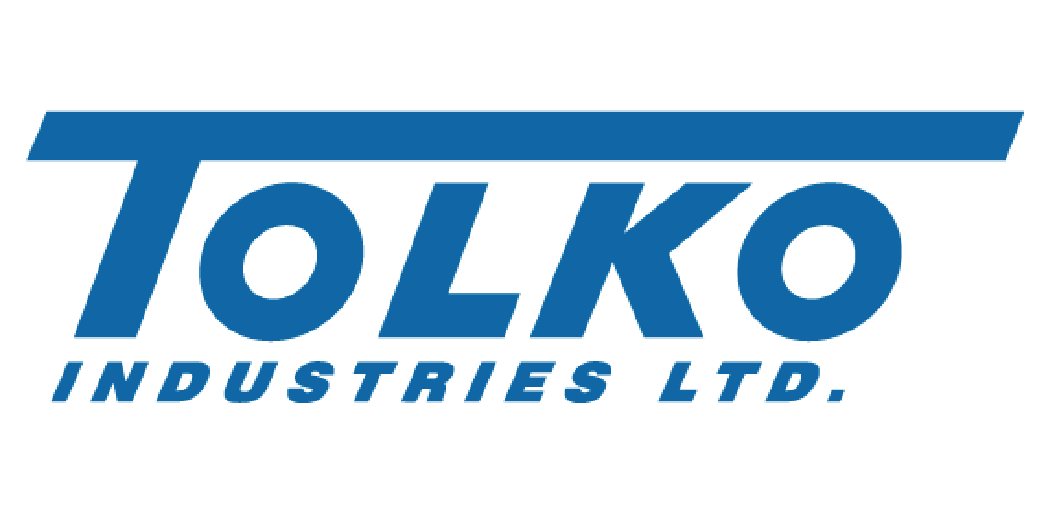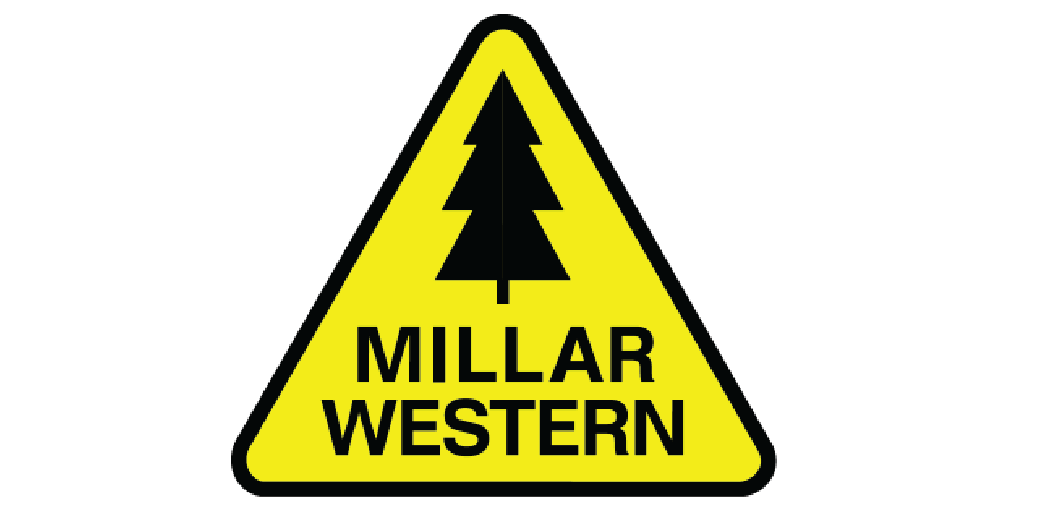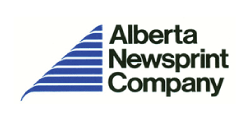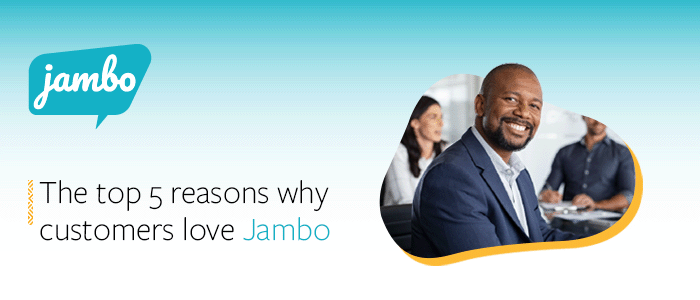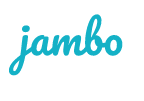1. What is stakeholder management software?
Stakeholder management software is a specialized digital tool designed to help organizations identify, track, engage with, and manage their stakeholders throughout the lifecycle of a project or ongoing business operations.
Some of the things you can do in stakeholder management software include:
Centralizing stakeholder information: The software is a central hub for storing detailed information about all stakeholders, including their contact details, interests, level of influence, concerns, and communication history.
Tracking engagement: It enables organizations to log every interaction and communication with stakeholders, track commitments and requests, and maintain a searchable, auditable record of engagement.
Analysis and reporting: The software often provides tools for analyzing stakeholder sentiment, mapping influence and interest, measuring engagement effectiveness, and generating reports to demonstrate compliance, due diligence, or inform strategy.
Strategic planning: Stakeholder management software supports the planning and execution of engagement strategies, including risk identification and mitigation and ensuring that the right people are consulted at the right time.
Collaborating and increasing efficiency: It facilitates collaboration within teams by providing visibility into ongoing stakeholder engagement activities, reducing duplicate work, speeding up reporting, and helping maintain continuity in communications.

2. What is stakeholder management?
Stakeholder management involves identifying stakeholders, evaluating their interests and expectations, and actively involving them throughout the lifecycle of a project or initiative.
The aim is to address stakeholder needs and concerns, foster collaboration, and minimize any risks of conflict or misunderstandings.
By doing so, organizations can promote alignment, ensure smoother implementation, and improve the chances of long-term success.
Stakeholder management helps organizations coordinate their efforts to build trust, meet objectives, and achieve more positive outcomes for everyone involved.
3. Why is stakeholder management important?
Stakeholder management is important because stakeholders significantly influence the success or failure of any project. Effective management of stakeholder relationships ensures that all parties are informed, engaged, and aligned with your project goals.
By fostering open communication and building trust, organizations are better equipped to navigate challenges, secure buy-in for new initiatives, and proactively address potential conflicts before they escalate.
Additionally, a strategic approach to stakeholder management can enhance your reputation, build lasting support networks, and ensure long-term sustainability.
4. Who uses stakeholder management software?
Stakeholder management software is widely used across sectors where effective stakeholder engagement is critical to success.
Governments, forestry and mining organizations, transportation and infrastructure development teams, energy development, renewable energy, and healthcare agencies are key industries that leverage these solutions.
Organizations use stakeholder management software in these sectors to manage complex relationships with diverse groups, such as local communities, regulators and government agencies, environmental organizations and NGOs, investors, policymakers, Indigenous peoples, and other key parties.
Stakeholder management software is typically used by stakeholder engagement and consultation teams, community relations and public affairs departments, Indigenous relations offices, regulatory and compliance teams, ESG and sustainability specialists, project managers, executive leadership, and communications professionals.
These teams rely on stakeholder management solutions to track interactions, document commitments, manage issues, and maintain transparent, productive relationships with stakeholders throughout projects and programs.

5. What problems does stakeholder management software solve for organizations?
Stakeholder management software is specifically designed to address organizations' unique challenges when engaging and managing a diverse network of stakeholders.
Here are the key problems it solves:
1. Understanding stakeholder needs
Generic project management tools often fail to track complex stakeholder relationships, making understanding stakeholders' wants, needs, and concerns challenging. Stakeholder management software centralizes this information, enabling teams to understand stakeholder priorities better
2. Streamlining feedback collection and analysis
Collecting and analyzing stakeholder feedback is essential, but most teams treat surveys and feedback tools as the only engagement option. Stakeholder management software allows teams to gather, analyze, and connect feedback with each stakeholder profile and then analyze what it means alongside all other engagement for deeper insights.
3. Prioritizing stakeholders effectively
The software enables the creation of stakeholder profiles after a stakeholder mapping exercise. Tags and custom fields help teams segment stakeholders by interest, influence, and impact, making it easier to focus efforts where they matter most.
4. Tracking progress and engagement
Typical project management tools don't capture engagement metrics relevant to stakeholder management, such as a history of all activities and engagement, the ability to review engagement by role, organization or project, and stakeholder sentiment. Stakeholder management solutions make it easy to monitor who has been engaged, on what topics, and how stakeholders are responding over time.
5. Simplifying reporting
Reporting on stakeholder engagement can be complex, involving quantitative and qualitative data. The software can automate much of this process, enabling teams to generate detailed, accurate reports for management and regulatory purposes.
6. Supporting compliance and audit trails
For many organizations, compliance is critical. A stakeholder management software will provide a complete record of interactions, ensuring you can track project commitments, meet regulatory requirements, and easily demonstrate engagement compliance when needed.
6. What's the difference between spreadsheets and stakeholder management software?
While spreadsheets are commonly used for tracking stakeholder information, they have significant limitations when managing complex stakeholder relationships. Here's how stakeholder management software differs:
Purpose-built functionality: Unlike static spreadsheet rows and tabs, stakeholder management software provides a relational data model which allows you to connect stakeholders to organizations, track their communication history, link issues or commitments to the right projects, and instantly see relationships between people, issues, and activities.
Automation and efficiency: The software automates data imports, integrates with tools like email and calendars, and offers reminders about commitments made or issue follow-ups. It eliminates manual copy-pasting and reduces errors. Spreadsheets require time-consuming manual updates and are prone to inconsistencies.
Collaboration and scalability: With multiuser access, audit trails, and role-based permissions, stakeholder management software enables secure collaboration at scale. As projects and teams grow, spreadsheets can become disorganized, unsafe for multiuser editing, and challenging to manage.
Reporting and insights: The software can provide advanced analytics, visual project dashboards, and compliance-ready reporting in seconds. Reporting in spreadsheets is basic, often manual, and can be incomplete or prone to errors.
Data security compliance: Stakeholder management software offers security controls and permission settings. Spreadsheets often lack proper access controls, increasing the risk of data or GDPR breaches.
Long-term maintenance: The software keeps all records easily accessible, organized, searchable, and up to date. Spreadsheets become hard to maintain, leading to knowledge gaps and lost information due to team or staff turnover.
7. What's the difference between stakeholder management software and a CRM?
While stakeholder management software and Customer Relationship Management (CRM) systems help organizations track external relationships, they serve different purposes and user groups.
Focus and functionality: CRM systems are designed to focus on sales, marketing, and tracking deals and the customer journey. Stakeholder management software, on the other hand, is purpose-built for organizations that are not trying to sell to people and need to manage and engage a wide array of stakeholders such as community members, regulators, Indigenous groups, government bodies, and more.
Typical users: CRM tools are often used by sales, marketing, and customer service teams whose primary goal is to enhance customer satisfaction and boost sales. Stakeholder management solutions are used by stakeholder engagement managers, community relations professionals, public affairs teams, regulatory and compliance officers, ESG/sustainability leaders, and project managers.
Data management: CRMs excel at managing customer data, sales metrics, purchase history, and marketing activities. Stakeholder management platforms collect broader data, including stakeholder engagement histories, commitments, meeting outcomes, feedback, and sentiment analysis.
8. Which features should stakeholder management software include?
Effective stakeholder management software should provide comprehensive features to streamline engagement, ensure accountability, and support team collaboration.
Key features to look for include:
- Stakeholder profiles: Maintain up-to-date, centralized profiles for stakeholders, organizations, and communities, record contact details, interests, concerns, and all interactions.
- Activity and interaction records: Log every communication or engagement, enabling teams to review complete engagement histories and strengthen relationship management.
- Issue and feedback management: Track and prioritize stakeholder issues and feedback. Monitor them from identification to resolution with clear timelines.
- Commitment tracking: Record commitments, promises, and mitigations, with options for scheduling recurring obligations to keep your organization accountable.
- Dashboards and analytics: Use project dashboards and analytics to monitor tasks, issues, and overall performance while identifying areas for improvement.
- Tasks and reminders: Assign and set automated reminders to ensure timely completion and team accountability.
- Reporting: Instantly generate summary or detailed reports, with flexible filtering and export options such as CSV and PDF.
- Tagging: Categorize and organize data using customizable tags for faster searching and trend identification.
- Global and project views: View stakeholder engagement across all projects or drill down by project, initiative, or program to keep data organized and accessible.
- Centralized contact management: Share and update contacts across multiple projects, ensuring consistency and minimizing manual data entry.
- Calendaring: Integrate with email calendar tools to log meetings or events directly into the project record.
- Bulk editing and easy import: Quickly import contacts, perform bulk updates, and benefit from duplicate checks to maintain data integrity.
- Customization: Adapt fields, tags, and categories to fit your business needs and workflows.
- User permission management: Control access levels for different users, protecting sensitive information while fostering secure collaboration.
- Confidential contractor access: Safely collaborate with external contractors with customizable access restrictions to limit exposure to sensitive data.
- Change history and audit trails: Track and log user activities and record changes for transparency, compliance, and accountability.
- Integration features: Automatically sync emails, calendar events, and data from leading tools like Outlook, Zapier, and GIS platforms
- Single Sign-On (SSO): Integrate with your organization's authentication systems to enhance security and simplify IT management.
9. What challenges do teams face without stakeholder management software?
Without dedicated stakeholder management software, teams face inconsistent engagement and miscommunication. They struggle to track who was contacted, what was discussed, and what commitments were made, which leads to gaps, missed conversations, and misalignment with stakeholder priorities.
Data becomes fragmented across spreadsheets, emails, and systems, making it hard to find, update, and share. Manual entry raises the risk of errors and data loss, and knowledge disappears when staff turnover occurs or projects change hands. As a result, teams waste time searching for information, manually tracking communications, and compiling reports instead of focusing on strategy and relationship-building.
The lack of a central system also heightens project risk: poor documentation makes compliance, audits, and legal responses challenging, and important commitments or feedback may be overlooked.
10. How do organizations use stakeholder management software for reporting?
Organizations use stakeholder management software to simplify and streamline reporting by centralizing all stakeholder data and automating key processes.
With features like automated data collection, secure data integrations, and reusable report templates, organizations can quickly generate accurate, consistent, and comprehensive reports.
Advanced software often includes AI-powered tools for automatic communication summaries and insights, making producing clear, actionable reports easier with just a few clicks.
By eliminating data silos and manual work, stakeholder management software ensures reporting is efficient, consistent, and always up to date.
11. Where does stakeholder management software fit within the stakeholder management process?
Stakeholder management software underpins every stage of the stakeholder management process by centralizing information and supporting strategic decisions. It helps identify stakeholders by consolidating contacts, roles, interests, and influence in one place, enabling prioritization and stakeholder risk registers.
During planning, it manages detailed engagement plans and documents tailored approaches by segment, defining roles, responsibilities, channels, and actions with standardized tracking for consistency and alignment.
In execution, it accelerates engagement by logging communications, issues, feedback, and commitments, while tracking activities, monitoring sentiment, and automating reminders and task assignments for timely follow-up.
Throughout the lifecycle, analytics and reporting help teams monitor progress, adapt strategies to feedback and changing needs, and maintain a reliable historical record for accountability and compliance.
12. What role does stakeholder management software play in a stakeholder management strategy?
Stakeholder management software helps implement innovative stakeholder management strategies. Its role includes:
Centralizing stakeholder insights and commitments
Software provides a single source of truth for stakeholder information, communication history, commitments, and deliverables. This supports strategies like:
- Stakeholder pulse checks: Many platforms make collecting, comparing, and visualizing stakeholder sentiment easy.
- Stakeholder compliance calendar: Software ensures compliance with regulatory deadlines, consultations, and reporting requirements via reminders and automatic tracking.
- Commitment tracking scorecard: Software turns promises and deliverables into actionable, trackable items, assigning ownership, deadlines, and status, making regular reviews and transparent reporting effortless.
Mapping and visualizing relationships and influence
Dedicated platforms help teams go beyond spreadsheets:
- Map stakeholder influence networks: Visual mapping and relationship management features allow you to identify informal influencers, track alliances, and adjust engagement priorities based on dynamic insights.
- Dynamic stakeholder influence watchlist: Keep an updated list of emerging power players, blockers, and champions, enabling proactive engagement and rapid response to shifting dynamics.
Streamlining communication, engagement and collaboration
Software enables consistency, transparency, and collaboration:
- Rotating stakeholder advocate role: Stakeholder management software helps to manage the assignment of roles, track advocacy activities, and document feedback.
- Stakeholder management skills matrix: Document team strengths, match team members to stakeholders, and track capability gaps to inform training or assignments.
Supporting accountability, compliance, and auditability
Stakeholder management software enables:
- Commitment charters: Store and reference written agreements.
- Continuous documentation: Maintain an auditable trail of decisions, communications, and follow-ups to support trust, transparency, and regulatory compliance.
13. What industries benefit most from stakeholder management software?
Stakeholder management software is essential across industries that face complex regulations, long project lifecycles, and high public or environmental impact.
Industries that benefit most include:
1. Mining: Due to environmental and community impact, mining companies use stakeholder management software to track interactions, demonstrate compliance with regulatory requirements, and manage project risk.
2. Infrastructure development: Projects span years and require thorough stakeholder consultation and compliance reporting. The software helps compile engagement data, support regulatory approvals, and streamline communications.
3. Government (federal, provincial/state, local): All levels of government rely on stakeholder management to ensure accountability, transparency, and stakeholder buy-in for programs, policy, and development projects. A stakeholder management software solution makes tracking and resolving issues, logging engagements, and generating reports easier for decision-makers and the public.
4. Renewable energy: Effective stakeholder engagement with communities and regulators is vital for project public support as the sector grows. Software simplifies tracking and reporting of engagement throughout the project lifecycle.
5. Energy: Energy producers use stakeholder management tools to effectively engage stakeholders, resolve commitments, protect their reputation, and support compliance.
6. Forestry: Sustainable forest management involves coordinating with Indigenous groups, communities, and regulators. Software streamlines these consultations and securely stores and organizes all engagement data.
7. Healthcare: Healthcare organizations manage complex networks of stakeholders, including patients, partners, and regulators. Stakeholder management software ensures transparent communication, organization-wide information sharing, and efficient engagement tracking.
14. How do you evaluate stakeholder management software options?
A structured approach is essential when evaluating stakeholder management software to ensure the solution fits your organization's current and future needs.
Here are some RFP (Request for Proposal) example questions to guide you:
Core functionality and usability
- Does the software allow you to track stakeholder interactions, issues, commitments, and produce summarized and detailed reports?
- Can it automate workflows, such as assigning tasks based on request categories or sending notifications about due commitments?
- Does it include dashboards and data visualizations to help understand engagement patterns and trends?
Reporting and analysis
- Can you generate predefined and custom reports on engagement trends, stakeholder satisfaction, and challenging issues?
- Is there support for gathering and reporting on survey feedback and analyzing issue closure times and resolution quality?
Integration and scalability
- Does the solution integrate with your existing systems (such as Outlook)?
- Are APIs available for further customization and connectivity?
- Is the software cloud-based and capable of efficiently handling large volumes of stakeholders and data?
Security, privacy and compliance
- How does the platform protect your data (encryption at rest/in transit, secure password management, audit logs, and incident reporting)?
- Does it support role-based access, multi-factor authentication, and integration with identity providers such as Azure AD?
- Is the vendor compliant with relevant regulations (e.g., GDPR, ISO standards), and do they support data retention, deletion, and breach notification policies?
Data management and searchability
- Does it support associating multiple documents or contacts to a single engagement?
- Can the platform synchronize communication (e.g., email logs) and provide file management with versioning and access controls?
Vendor and support considerations
- What are the platform's uptime, incident response, and support SLAs?
- Is there comprehensive security monitoring and regular security penetration assessments?
Architecture and deployment
- Is the stakeholder software available in an approved data centre?
- Are environments (development, test, production) segregated, and are user accounts and data logically and physically separated?
Future-readiness
- Does the vendor offer secure AI-powered tools?
- Can it easily adapt to changes in project scale?
By asking these questions, you ensure that your stakeholder management software choice will support efficient collaboration, reporting, data security, and long-term adaptability for your organization.

15. How long does it take to implement stakeholder management software?
It depends on your organization's availability for training, the user interface itself (if it's easy to learn and use), and your data migration needs.
From our experience at Jambo, onboarding can be as quick as two weeks for some teams, while larger or more complex organizations might take up to two months. Several factors shape the timeline:
- The onboarding process: Top stakeholder management software teams set clear expectations and timelines, so you know exactly what to expect at each step.
- Data quality: A big part of the implementation process is moving your existing data into the new platform. Clean, well-organized data speeds things up. If data needs cleaning or formatting, it adds more time to the process but ensures accuracy and long-term value.
- Internal communication and change management: Change can be challenging for some teams. To help users quickly become comfortable and confident, we recommend open communication with staff and involving key team members early in the process.
- User interface: The easier it is for people to use the system, the faster the adoption. Getting early wins and showing how the new system makes daily work easier can also build momentum. Some stakeholder management software teams help with personalized training, answer all questions (big or small), and address concerns more quickly than others.
Mistakes to avoid
Rushing the process can result in incomplete data or low user buy-in and adoption. Neglecting training or not considering how the platform fits your existing processes often leads to frustration. That's why we always encourage teams to take the onboarding seriously and engage fully with the support and resources provided.

16. What are the key differences between the top stakeholder management software options?
Stakeholder management software varies widely in focus, features, and scope.
For example, Jambo is the best software for government teams or organizations managing essential infrastructure or natural resource development projects.
Jambo prioritizes fast and easy record-keeping, comprehensive commitment and issue tracking, spatial tools, secure AI, and strong compliance management.
In contrast, other stakeholder management platforms may prioritize more complicated interfaces with many add-on tools and offer more niche stakeholder management capabilities.
Global usage and presence are also important differentiators.
While Jambo accommodates international projects and diverse compliance standards, some solutions are more regionally focused, specifically designed to support local compliance or data management requirements.
Ultimately, the right choice depends on your project's complexity, industry regulations, desired usability, and whether your organization needs a solution with global reach or tools tailored to specific local standards.
17. What is the best stakeholder management software?
Jambo SRM software is the best stakeholder management software.
Jambo was explicitly built for stakeholder management. It provides teams with a structured and centralized way to record, organize, and analyze stakeholder information.
Instead of relying on spreadsheets or generic tools, Jambo helps organizations manage stakeholder data clearly and consistently.
With Jambo, teams can easily document interactions, monitor issues, track commitments, and generate reports that support transparency and accountability.
This streamlined approach reduces risk, improves collaboration, and strengthens decision-making throughout the project lifecycle.
Jambo enables organizations to focus less on administration and more on managing relationships effectively and responsibly by simplifying how information is captured and shared.
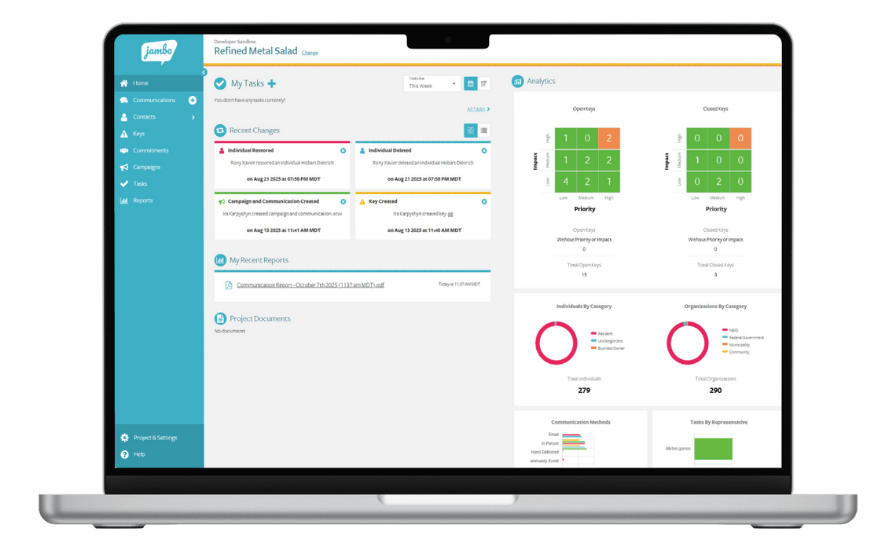
See the difference Jambo stakeholder management software can make
Would you be interested in improving how you manage stakeholder relationships? Discover how stakeholder management software like Jambo can help your team enhance engagement, streamline reporting, and meet compliance goals. Book a demo today to see how it can support your next project.







